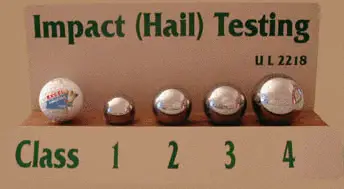Class 4 impact resistance offers maximum protection against shocks and vibrations, making it ideal for critical and high-performance applications.
What is Impact Resistance?
Impact resistance measures how well a material withstands sudden forces or shocks. The rating ranges from Class 1 to Class 4, with Class 4 providing the highest level of durability. This scale helps users choose the right material for environments that involve high impact or vibration risks.
Materials rated as Class 4 undergo strict testing in certified labs. Only those that meet specific resilience criteria qualify for this top-tier classification. Because of that, Class 4 materials are essential for mission-critical sectors like aerospace, defense, and advanced medical equipment.
What Materials Are Used for Class 4 Impact Resistance?
Several advanced materials qualify for Class 4 impact resistance. These include:
- Polycarbonate plastics – lightweight yet tough
- Polyurethane foam – absorbs shock effectively
- Aluminum composites – combines strength and corrosion resistance
- Carbon fiber composites – high strength-to-weight ratio
- Ceramic composites – extreme durability and heat resistance
Each material offers distinct advantages, allowing flexibility in choosing the right option for your application.
The Benefits of Using Class 4 Impact Resistance Materials
Choosing materials with a Class 4 rating provides several key advantages:
- Superior protection – reduces damage from impact and vibration
- Weight savings – lighter than traditional materials like steel
- Corrosion resistance – ideal for marine and industrial use
- Long-term durability – reduced maintenance and better ROI
These features make Class 4 impact-resistant materials perfect for aerospace structures, electronic housings, military equipment, and medical devices.
Understanding the strength and benefits of Class 4 impact resistance helps you choose the right material for demanding environments. Whether you’re building aerospace parts or protective medical gear, investing in this level of protection ensures long-lasting performance and peace of mind.
Know more about us from YouTube, or contact us!


